CAUSES OF RSV
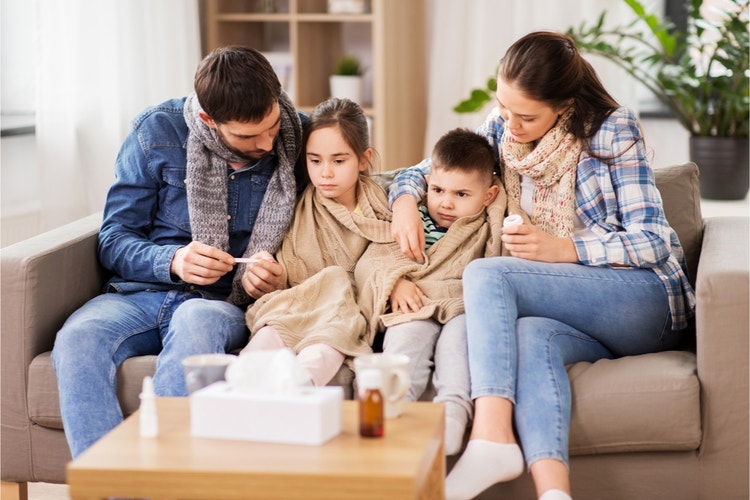
Individuals with RSV are contagious for three to eight days and may be contagious a day or two before they exhibit symptoms.1
RSV in adults
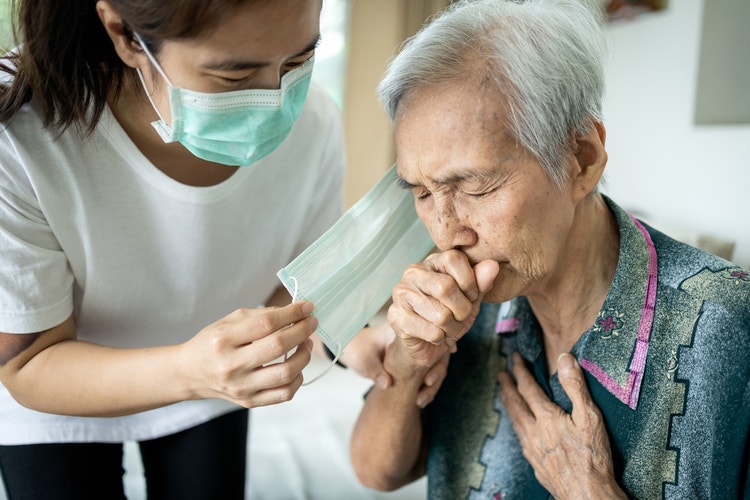
RSV in babies and children
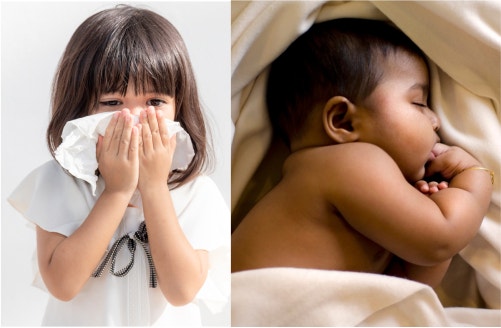
Respiratory syncytial virus or RSV is a common virus that typically causes mild sickness. But it can be dangerous for babies and some young children.3
Almost all infants and/or young children will get RSV at some point. While the symptoms often resemble a common cold, they can sometimes become more severe and even pose a life-threatening risk.3
RSV in pregnant women

SYMPTOMS OF RSV

RSV symptoms closely resemble those of other respiratory viruses like influenza (flu) or COVID-19. Common symptoms include a runny nose, coughing, sneezing, fever, loss of appetite, and wheezing.5
In very young babies, the only signs of RSV might be fussiness, reduced activity, and difficulty breathing. Symptoms typically appear 4 to 6 days after infection. Healthy adults might not show many symptoms but can still transmit the virus to others. 5
Most people with RSV are contagious for 3 to 8 days and recover within 1 to 2 weeks. However, some infants and elderly especially those individuals with weakened immune systems can continue to spread the virus for up to 4 weeks, even after they feel better.5
RSV can impact different age groups in various ways. It might cause mild cold-like symptoms or lead to more severe health issues, depending on the individual's age and overall health.6
Symptoms in babies6
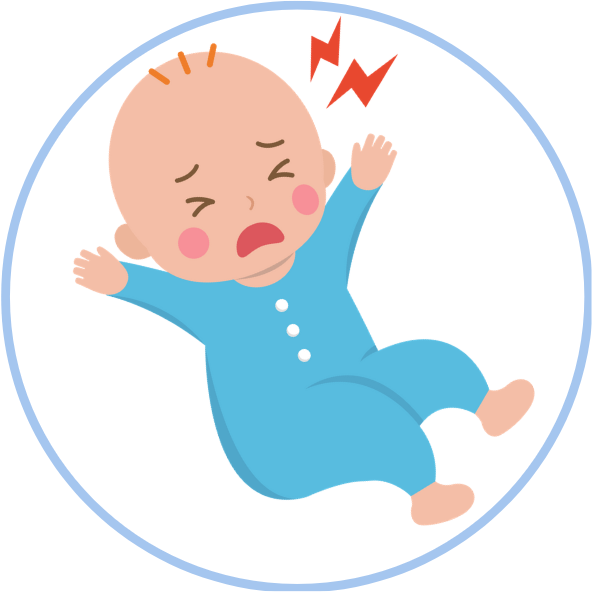
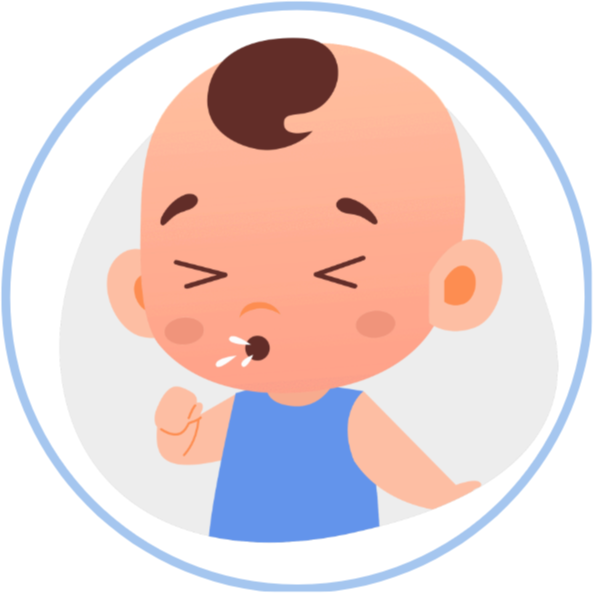
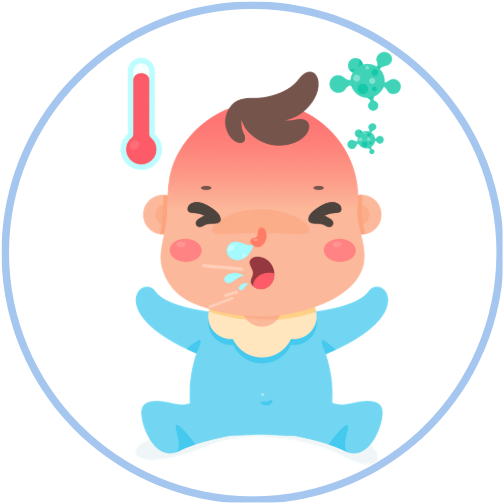

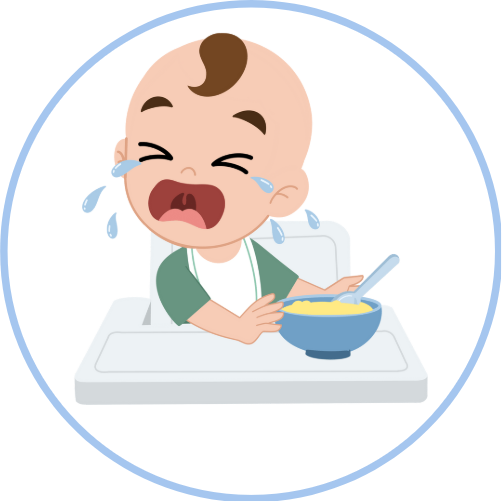
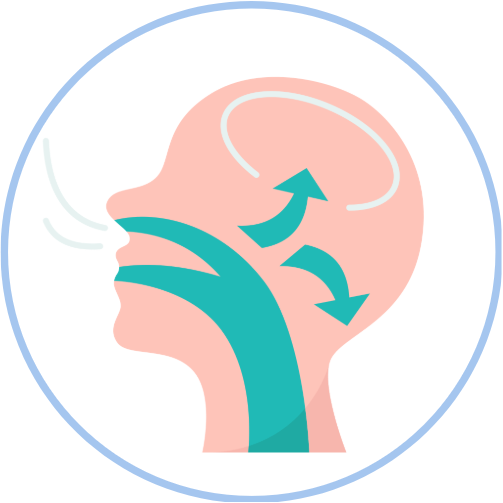

Symptoms in toddlers6
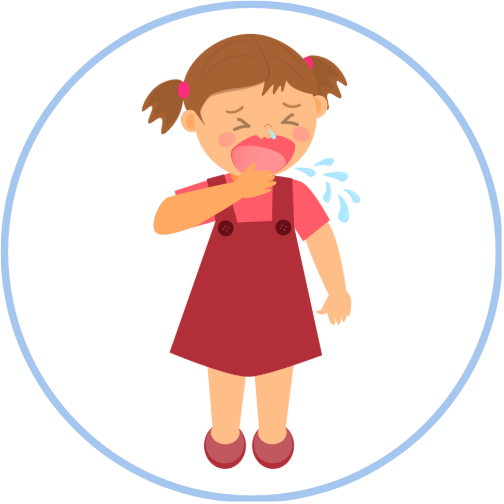

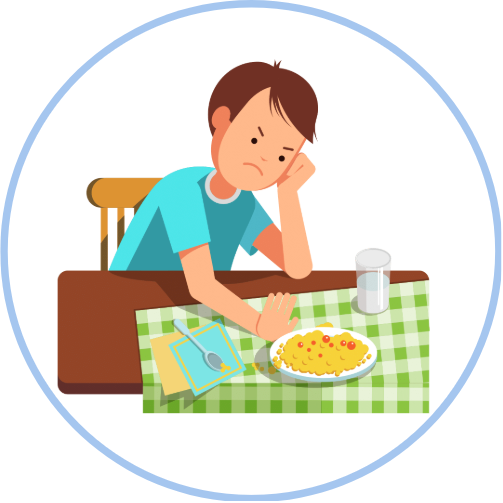
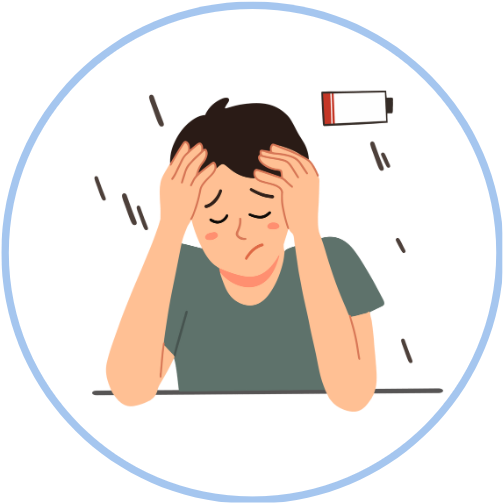
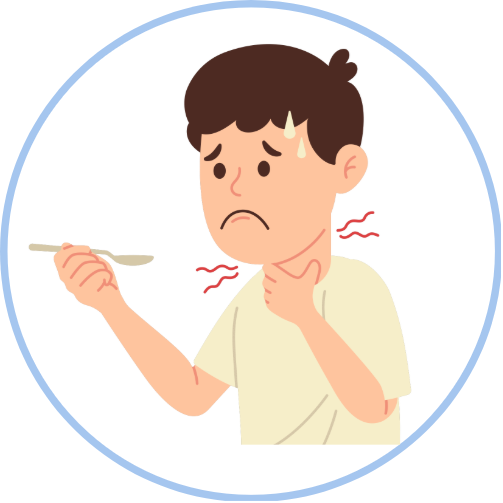
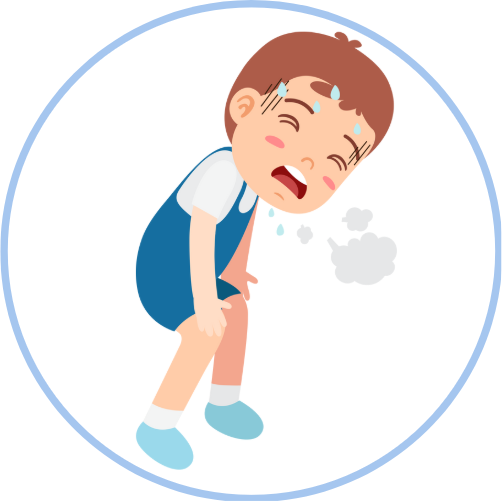
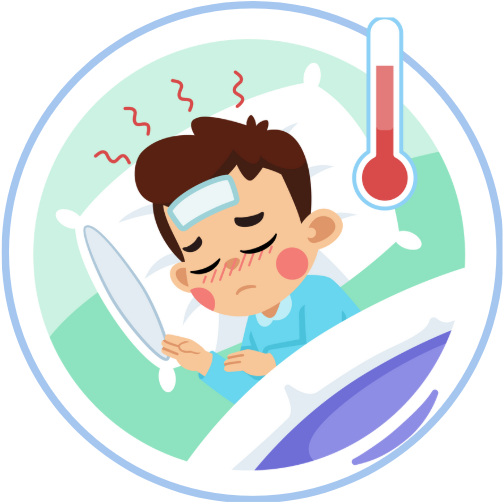


- Noisy breathing
- Flaring of nostrils while breathing
- Blue or gray color of lips, mouth and fingernails
- Abdominal breathing or chest retraction with belly expansion during breathing
- Pauses while breathing
- Short, shallow or rapid breathing

Symptoms in children and adults 6
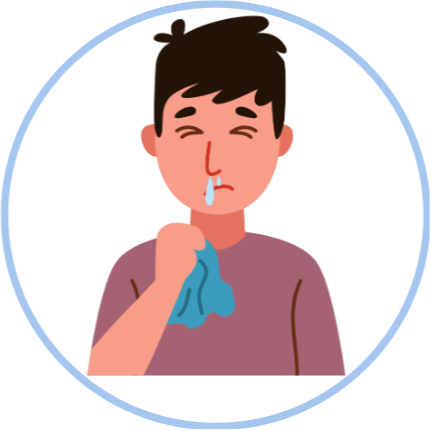
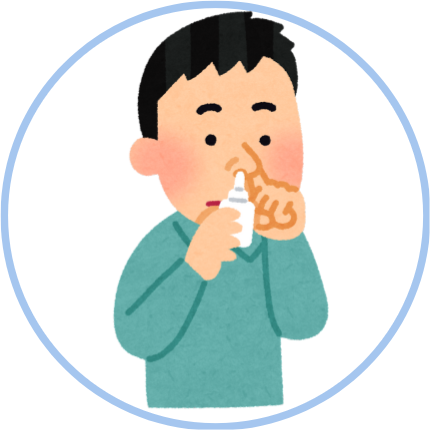
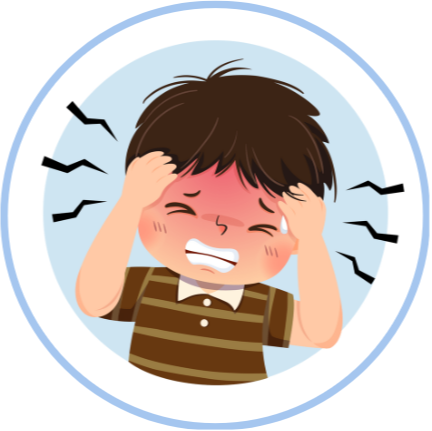
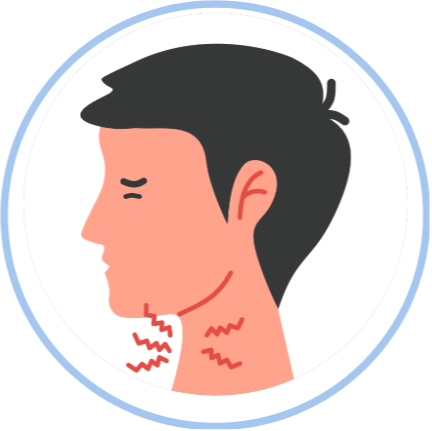
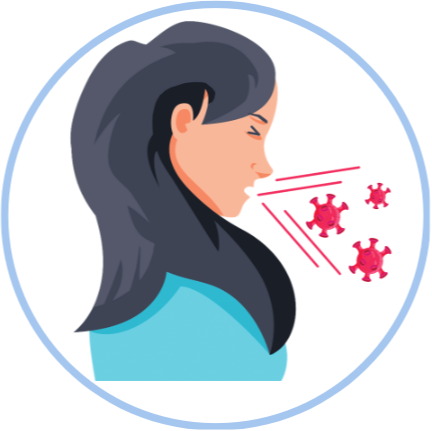
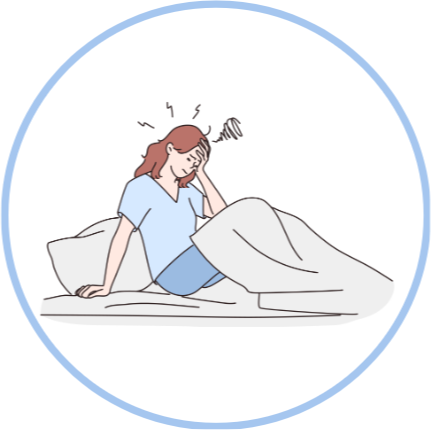
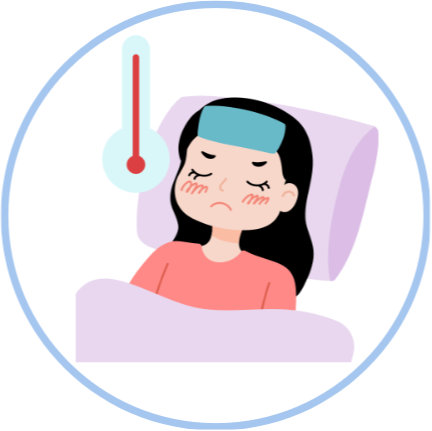
REFERENCES:
- American Lung Association. (2024). Learn About Respiratory Syncytial Virus (RSV). Retrieved December 19, 2024, from Lung.org website: https://www.lung.org/lung-health-diseases/lung-disease-lookup/rsv/learn-about-rsv
- American Lung Association. (2023). RSV in Adults. Retrieved December 19, 2024, from Lung.org website: https://www.lung.org/lung-health-diseases/lung-disease-lookup/rsv/rsv-in-adults
- American Lung Association. (2024). RSV in Babies and Young Children. Retrieved December 19, 2024, from Lung.org website: https://www.lung.org/lung-health-diseases/lung-disease-lookup/rsv/babies
- Wheeler, S. M., Dotters-Katz, S., Heine, R. P., Grotegut, C. A., & Swamy, G. K. (2015). Maternal Effects of Respiratory Syncytial Virus Infection during Pregnancy. Emerging Infectious Diseases, 21(11), 1951–1955. https://doi.org/10.3201/eid2111.150497
- Respiratory Syncytial Virus (RSV) March 30, 2023. Retrieved December 19, 2024, from NFID website: https://www.nfid.org/infectious-disease/rsv/
- RSV: Symptoms, Causes & Treatment. (2023, September). Retrieved December 19, 2024, from Cleveland Clinic website: https://my.clevelandclinic.org/health/diseases/rsv-respiratory-syncytial-virus